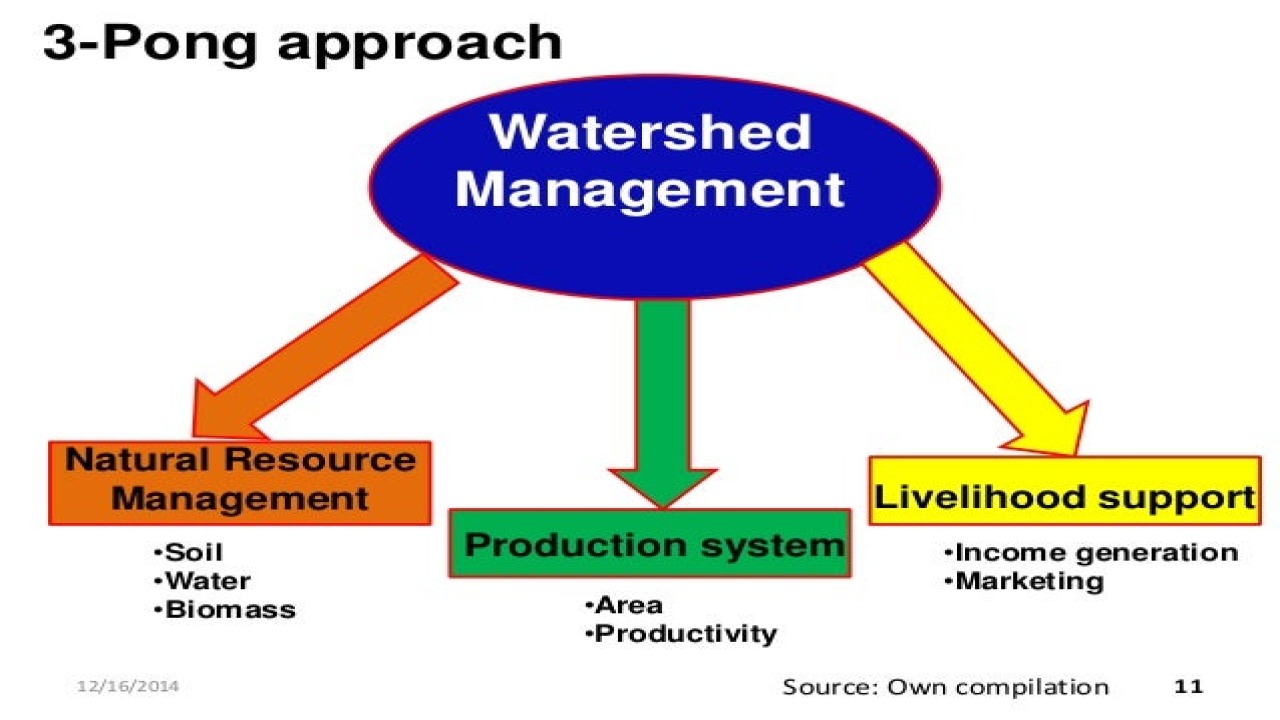Command Area Development and Watershed Management
Command Area Development and Watershed Management are two approaches to water resource management in India. Command Area Development focuses on the irrigation of agricultural land, while Watershed Management focuses on the conservation and management of water resources in a particular watershed.
History of Command Area Development and Watershed Management
Command Area Development was introduced in India in the 1970s as a response to the challenges of irrigation management in large irrigation projects. The aim of the approach was to improve the efficiency of irrigation systems and increase agricultural productivity. Watershed Management emerged as a response to the challenges of soil erosion and water scarcity in hilly and semi-arid regions of the country. The approach aimed to promote the conservation and management of water resources in a particular watershed.
Types of Command Area Development and Watershed Management
Command Area Development and Watershed Management can be classified into two types based on their approach:
- Top-down Approach: In this approach, the planning and implementation of development interventions are largely centralized, with limited involvement of the local communities.
- Bottom-up Approach: In this approach, the planning and implementation of development interventions are decentralized, with significant involvement of the local communities.
Examples of Command Area Development and Watershed Management
Some examples of Command Area Development and Watershed Management initiatives implemented in different parts of India are:
- Command Area Development Programme (CADP): This programme was launched in India in the 1970s with the aim of improving the efficiency of irrigation systems and increasing agricultural productivity. The programme involved the construction of water storage structures, lining of canals, and the introduction of new irrigation techniques.
- Watershed Development Programme: This programme was launched in India in the 1990s with the aim of promoting the conservation and management of water resources in a particular watershed. The programme involved the implementation of several interventions such as soil and water conservation, afforestation, and the construction of water storage structures.
Issues in Command Area Development and Watershed Management
Some of the major issues in implementing Command Area Development and Watershed Management are:
- Lack of Community Participation: Top-down approaches to water resource management often suffer from a lack of community participation, leading to a lack of ownership and sustainability of the development interventions.
- Inadequate Financing: Water resource management requires significant financial resources, and inadequate financing can lead to incomplete or ineffective implementation of the programme.
- Limited Coordination: Water resource management requires coordination between different levels of government and with the private sector, and often there is limited coordination between these entities.
- Sustainability: Water resource management interventions must be designed with a long-term perspective to ensure their sustainability and impact on the environment and local communities.


